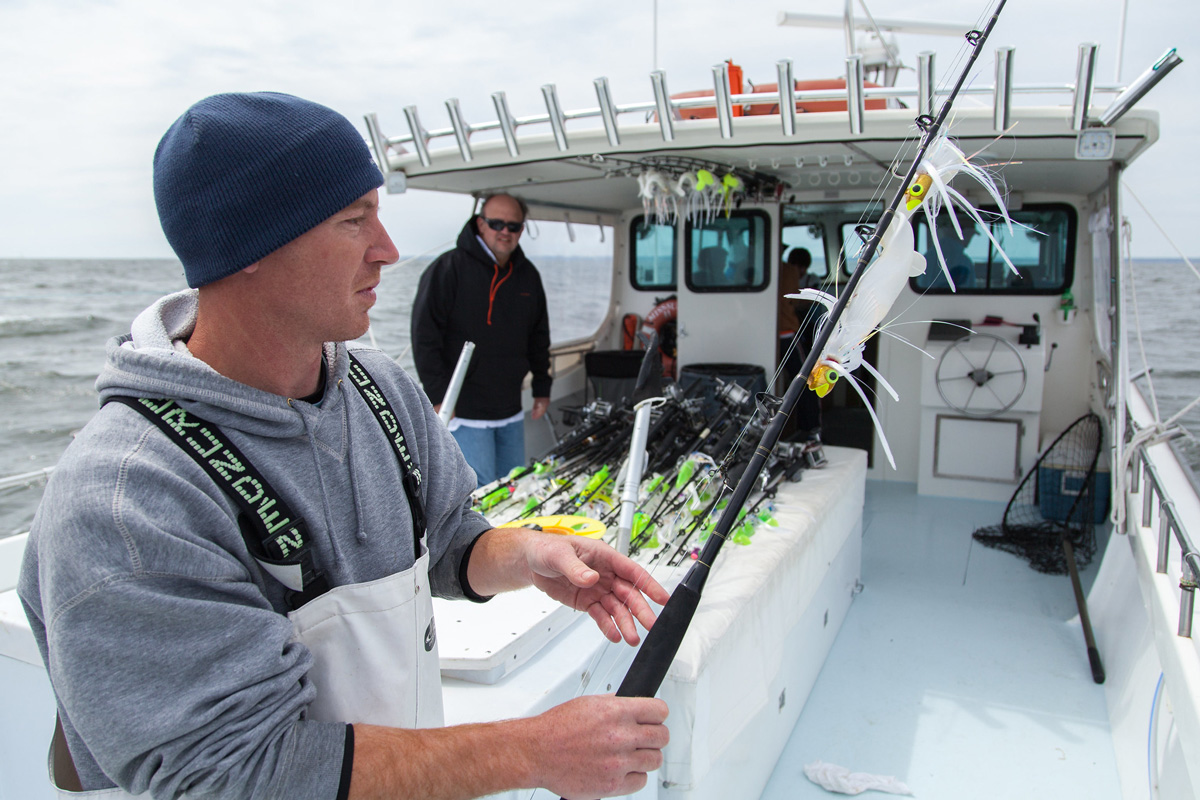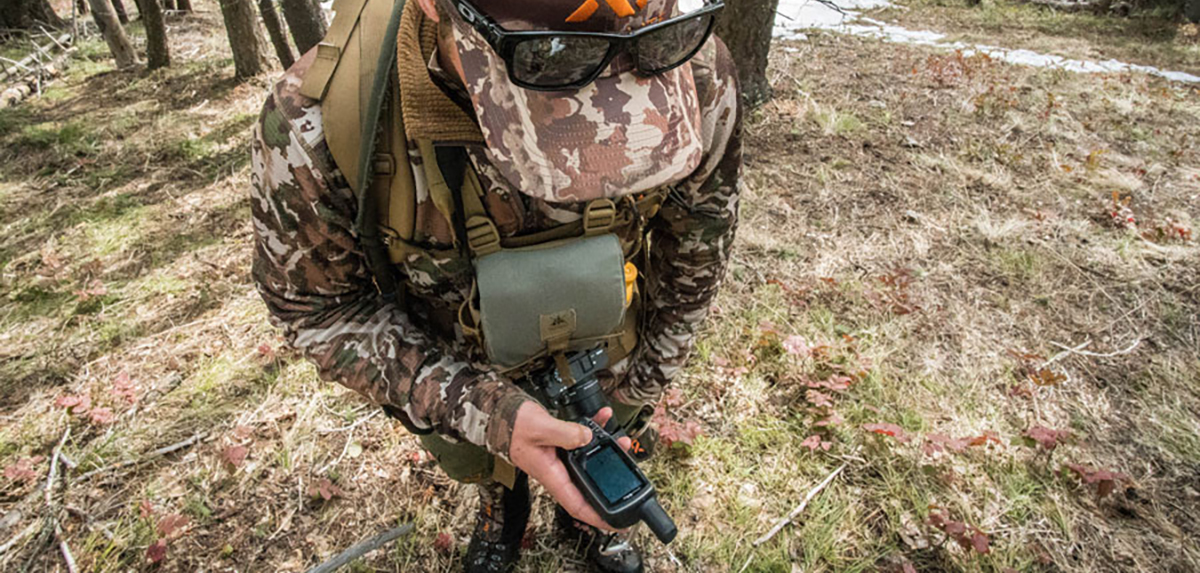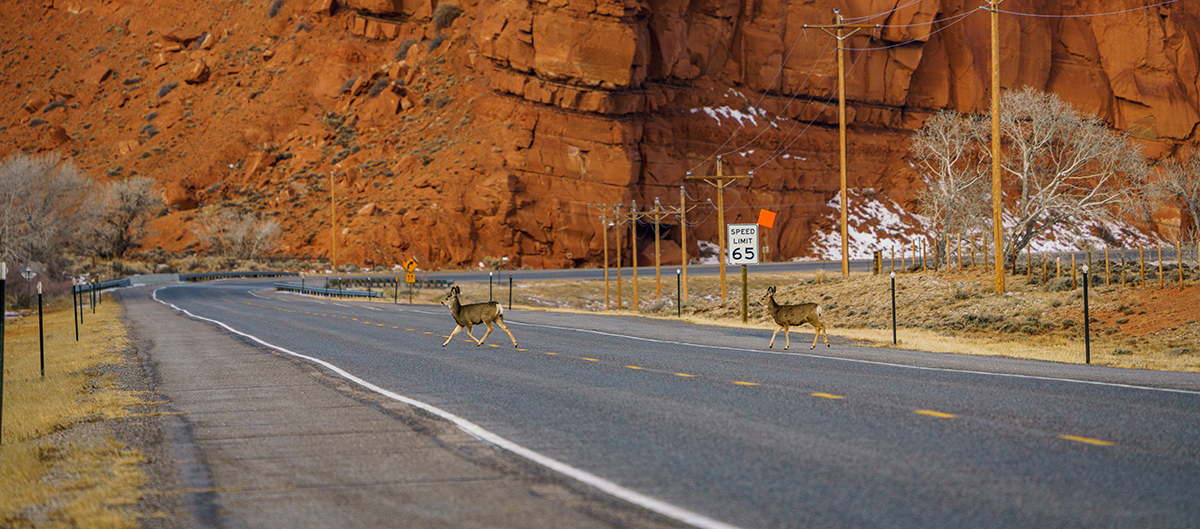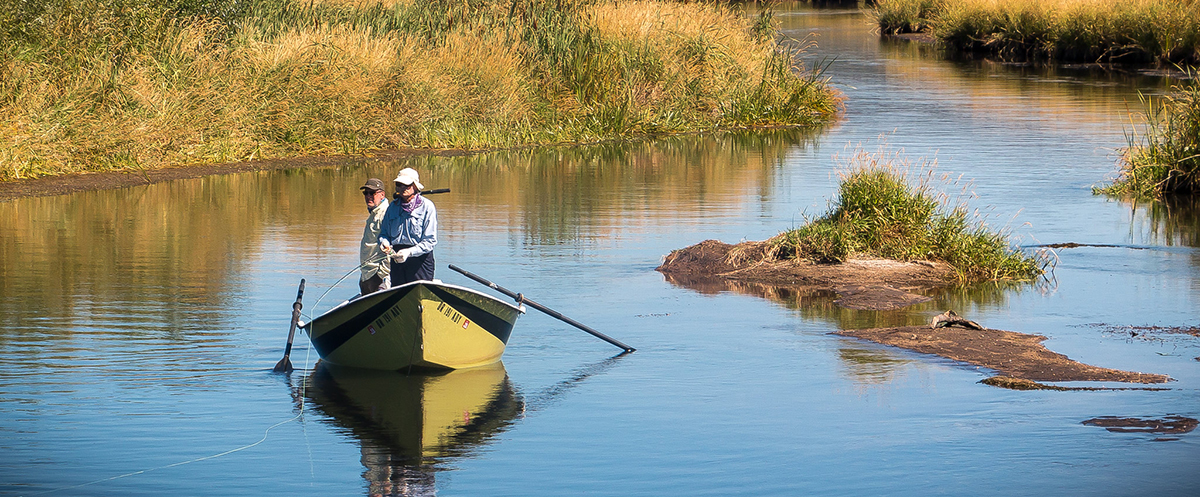15 Conservation Wins We’re Proud of in 2022
Our organizational and legislative successes made possible by your support
In the TRCP’s 20th year of providing a vital service to the hunting and fishing community, we’re proud to say that we haven’t lost any steam. Conservation remains an issue that creates common ground in an otherwise polarized and contentious Washington, D.C.—but that doesn’t mean it’s easy to advance policies and legislation that will benefit fish, wildlife, and America’s sportsmen and sportswomen. With a few weeks still remaining to clinch conservation victories (like these), here are our top achievements to date in 2022.
Legislative Victories
The TRCP-led MAPLand Act was signed into law to enhance recreational access on public lands by investing in modern mapping technology. Learn more about the benefits of MAPLand.
As a part of the largest climate-related investment in U.S. history, Congress doubled funding for Farm Bill conservation programs over the next four years—a $20-billion increase—while providing $4 billion to mitigate drought in the West and funding the restoration of forests, watersheds, and coasts. Here’s what you need to know about the legislation and what it will do for hunters and anglers.
The House and Senate passed the 2022 Water Resources Development Act, which includes a first-of-its-kind study, conceived of by TRCP, to evaluate natural infrastructure project effectiveness. We’re tracking the conferenced version of the bill, which could pass in an end-of-year spending package as early as next week. Here’s our full wishlist for WRDA.
With overwhelming bipartisan support, the House passed comprehensive chronic wasting disease legislation that would fund disease management and research. The Senate could vote to send this bill to the president’s desk under unanimous consent any day now. Read more about the need for more resources to manage CWD at the state level.
Big game migration routes across 8.3 million acres of public lands in Colorado will be conserved, with TRCP and partners supporting state funding for wildlife crossings in Wyoming, New Mexico, and Oregon. Take action here to support migration corridor conservation and here to support wildlife crossing projects in your state.

Legislation passed the Louisiana House to cap the industrial menhaden fishery in the state and create buffers to protect sensitive habitats along the coast. Both of these efforts would move the Gulf menhaden fishery toward ecosystem management, which is now in place along the Atlantic coast. East Coast anglers are still pushing for more consideration of menhaden, however, with more than 10,000 sportsmen, sportswomen, and local residents calling for Virginia decision-makers to move industrial menhaden fishing out of the Chesapeake Bay, a key striped bass nursery. Add your name to the petition.
The Environmental Protection Agency and Army Corps of Engineers began to reconsider which waters and wetlands should be protected under the Clean Water Act, with formal feedback provided by the hunting and fishing community. Check out this brief history of the Clean Water Act for how we got here.
$1.5 billion was secured for Everglades restoration to bring back natural flows and improve fish and wildlife habitat. Get to know a key restoration project that will benefit South Florida’s wetlands and estuaries.
After the administration implemented multiple recommendations from TRCP and its partners, enrollment in the Conservation Reserve Program outpaced expiring contracts, resulting in a net increase of conserved acres. This legislation would boost the CRP even more.
Thought Leadership
So much of the work we do is educating lawmakers and the hunting and fishing public on conservation priorities. Through digital resources and reports this year, we shared:
- How healthy habitat can slow and reverse climate change and benefit hunting and fishing. Learn more about nature-based solutions.
- Why chronic wasting disease is the biggest threat to the future of deer hunting in America. Here’s your resource for all things CWD.
- How to update decades-old public land management plans with the latest science on big game migration. These recommendations in Montana build on this report we issued last year.
- Where trail use is compromising elk range. Check out the data.
- Which trout streams are being overlooked, despite qualifying for top conservation safeguards. Explore our map.
Commitment to Transparency
Finally, TRCP again received top ratings by charity watchdog groups Charity Navigator, GuideStar, and the Better Business Bureau. We work hard to ensure that every dollar you give goes as far as possible for conservation, and this recognition of where we stack up against other charities is very important to us.
Given all that we’ve accomplished this year to guarantee Americans quality places to hunt and fish, we hope you’ll consider lending the TRCP your support during this season of giving. If you’re a first-time donor, SITKA Gear will match every dollar you give, and previous donors will get a match on any increase over their last gift. There’s no better time to get involved in conservation and make twice the impact.
State Conservation Funding Program Is a Success Story in Pennsylvania
Get to know the Keystone Recreation, Park, and Conservation Fund that has improved key trout streams for future generations of anglers
It is written in our state constitution that Pennsylvanians have the right to clean air, pure water, and the preservation of the natural, scenic, historic, and aesthetic values of the environment. This overarching dedication to conserving our woods and waters is an attribute that many Pennsylvanians hold dear.
Over the last few decades, Trout Unlimited has worked to preserve and protect coldwater fisheries across the country, including here in Pennsylvania. This work couldn’t be done without the passionate efforts of volunteers and supporters and sufficiently funded federal and state conservation programs.
One such program is the Keystone Recreation, Park, and Conservation Fund, which was created in 1993 with near-unanimous support from the Pennsylvania General Assembly and an overwhelming referendum vote by the general public. Since the fund was established, it has provided state-level matching dollars for a variety of conservation projects, including land acquisitions, river conservation, and trail improvements.
Over the years, the Keystone Fund has helped to fund many projects that benefit anglers. This includes the creation of the Brodhead Creek Heritage Center at the ForEvergreen Nature Preserve, along the historical Brodhead Creek in Monroe County; fish habitat and streambed improvements on the Monocacy Creek in the Lehigh Valley; and land preservation and planning efforts to restore and protect Valley Creek in the Southeast corner of the state.
These projects, along with countless others, have been made possible by the strong combination of state dollars and local matching funds, which have increased opportunities and access for anglers, families, and outdoor recreation enthusiasts in an array of neighborhoods throughout the Commonwealth.
The Keystone Fund has helped TU to further its mission to “care for and recover rivers and streams” for future generations, but there is still much work to be done in ensuring Pennsylvanians will forever have access to over 86,000 miles of streams. Vital dedicated funding must continue to further restore and conserve those stream miles through the Keystone Fund and passionate local partners.
Emily Baldauff is Trout Unlimited’s Mid-Atlantic organizer and a native of northeastern Pennsylvania.
TRCP Welcomes BLM’s Increased Emphasis on Habitat Connectivity
Sportsmen and sportswomen applaud the agency’s commitment to coordinating with state and Tribal partners in implementing new BLM planning guidance
Today, the Bureau of Land Management issued a policy that prioritizes the conservation of habitat connectivity on more than 245 million acres of public lands. The Theodore Roosevelt Conservation Partnership believes the updated guidance will help to ensure that the best-available science guides the BLM’s management of public lands, while emphasizing robust coordination and collaboration with state and Tribal partners.
The policy directs state offices to consider opportunities to conserve areas important for habitat connectivity as they evaluate, revise, or amend land-use plans—which dictate the management of BLM-administered public land, primarily across the Western U.S.—as well as during the review of specific project proposals and when prioritizing proactive habitat conservation and restoration projects.
Among the specific steps outlined, are:
- Coordinate with states, Tribes, and other partners on shared strategies to remove physical barriers to wildlife movement through installation of wildlife-friendly fencing and highway crossing structures.
- Consider alternatives during project-level environmental reviews that avoid, minimize, and mitigate for adverse impacts to areas important for habitat connectivity.
- Address and appropriately analyze areas of habitat connectivity in new land-use planning processes.
“Across the West, the future of big game hunting depends on the continued ability of our elk, mule deer, and pronghorn herds to move across the landscape between seasonal habitats,” said Whit Fosburgh, president and CEO of the Theodore Roosevelt Conservation Partnership. “Sportsmen and sportswomen appreciate the leadership demonstrated by the Bureau of Land Management in its commitment to habitat connectivity. Public lands managed by the agency comprise some of the most important seasonal ranges and migration corridors across the West, and it is imperative that the BLM’s efforts on this front are undertaken in close partnership with states and other key stakeholders, including in support of good conservation efforts undertaken by private landowners.”
This new BLM guidance builds off April’s announcement by Secretary Deb Haaland highlighting steps the Biden Administration is taking to continue implementation of Secretarial Order 3362 and BLM Instructional Memo 2018-062, both issued in 2018 by the Trump Administration to support hunting, fishing, and shooting sports and big game habitat on public lands. The BLM’s new policy also supports the executive orders issued by governors in Colorado, Nevada, and Wyoming.
As the largest public land management agency, the BLM has a direct impact on the conservation of habitats critical to sustaining populations of big game animals that migrate seasonally—often over long distances—as well as a variety of other species that utilize those same habitats year-round.
Last year, the TRCP issued a report highlighting the need for public land management plans to be updated to conserve big game migration corridors and the seasonal habitats they connect. Many plans across the West are decades old and do not incorporate new migration science developed by state wildlife agencies that pinpoints where and how animals move across and utilize the landscape throughout the year. This information would improve the agency’s ability to manage multiple uses of the land to reduce conflicts with wildlife and guide proactive efforts to enhance habitats.
“Today’s announcement indicates the agency is prioritizing and creating forward momentum on one of the issues that matters most to sportsmen and sportswomen,” continued Fosburgh. “For implementation of this new guidance to be successful, the TRCP strongly supports the BLM’s commitment to coordinating closely with state and Tribal governments on habitat connectivity data and the incorporation of up-to-date, science-based management actions for our nation’s public lands. We look forward to working with our NGO partners, state agencies, Tribal governments, private landowners, and the BLM to ensure the agency has the resources necessary to implement this planning guidance and support habitat connectivity and migration corridor conservation across the country.”
Learn more about the TRCP’s efforts to conserve wildlife corridors.
Photo by Josh Metten
HOW YOU CAN HELP
CHEERS TO CONSERVATION
Theodore Roosevelt’s experiences hunting and fishing certainly fueled his passion for conservation, but it seems that a passion for coffee may have powered his mornings. In fact, Roosevelt’s son once said that his father’s coffee cup was “more in the nature of a bathtub.” TRCP has partnered with Afuera Coffee Co. to bring together his two loves: a strong morning brew and a dedication to conservation. With your purchase, you’ll not only enjoy waking up to the rich aroma of this bolder roast—you’ll be supporting the important work of preserving hunting and fishing opportunities for all.
Learn More
You have Successfully Subscribed!





